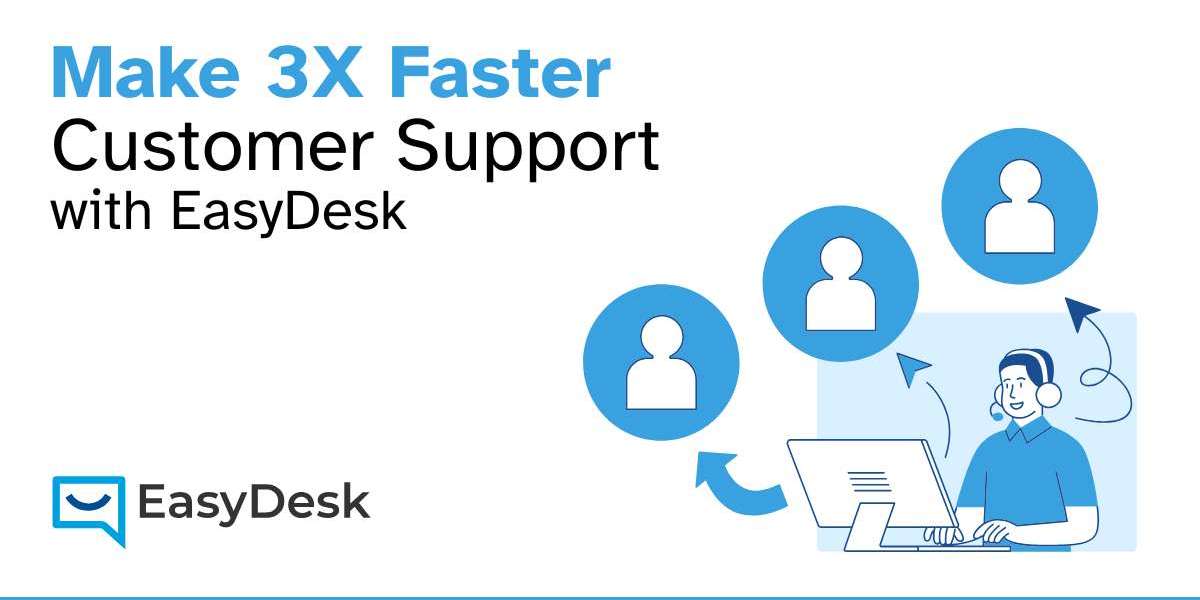If you’ve ever lost track of a customer email, forgotten to return a call, or had multiple team members replying to the same request, you know how messy support can get. Customers today want answers fast—and they don’t care how many channels they’re using to contact you.
This is where the question arises: what is help desk software, and why is it such a game-changer for businesses of all sizes?
Let’s unpack it step by step.
What Is Help Desk Software?
Help desk software is a system that helps businesses collect, organize, and resolve customer support requests in one place. Instead of scrambling between inboxes, chats, and phone calls, everything is logged and tracked in a single dashboard.
Think of it as your support team’s central command center. Every customer inquiry becomes a “ticket,” which agents can assign, prioritize, and resolve efficiently.
The result? Customers feel heard, teams stay organized, and issues get solved faster.
Why It Matters
Understanding what is help desk software isn’t just about defining it—it’s about understanding its role in customer experience.
Here’s the truth:
Customers expect instant, reliable support.
Businesses need scalable solutions to handle growing requests.
Without a system, things slip through the cracks.
Help desk software ensures nothing gets lost, delayed, or forgotten. It’s not just a tool—it’s the backbone of professional customer support.
Key Features of Help Desk Software
When we talk about what is help desk software, the answer lies in its features. Here’s what most platforms include:
1. Ticketing System
Every inquiry—whether it comes by email, chat, or phone—turns into a ticket. Tickets can be categorized, prioritized, and assigned.
2. Multi-Channel Support
Your customers can contact you however they prefer, and all those requests appear in one unified dashboard.
3. Automation
Rules and workflows take care of repetitive tasks, like routing tickets to the right department or sending confirmation emails.
4. Knowledge Base
Customers can help themselves by browsing FAQs, tutorials, and guides before submitting a ticket.
5. Reporting & Analytics
Track how long tickets take, how agents are performing, and where customers need the most help.
6. Collaboration Tools
Team members can work together with notes, shared updates, and internal communication to solve issues faster.
Benefits of Help Desk Software
So what do these features mean in practice? Let’s look at the benefits for both businesses and customers.
For Businesses
Efficiency: One tool replaces scattered inboxes and spreadsheets.
Accountability: Every ticket has an owner and a resolution path.
Scalability: Systems grow with your business as requests increase.
Data insights: Reports show what’s working and where improvements are needed.
For Customers
Faster responses: Tickets are routed and resolved quickly.
Consistency: No matter who replies, communication feels professional.
Convenience: Knowledge bases allow them to solve issues 24/7.
Trust: Customers feel confident knowing their request is being handled.
Who Uses Help Desk Software?
The question isn’t just what is help desk software but also who should use it. The answer: almost everyone.
Startups and small businesses: To stay organized as they grow.
E-commerce companies: To manage product, shipping, and return questions.
IT departments: To track internal support requests.
Large enterprises: To handle global customer bases with efficiency.
If you have customers—or even just employees submitting support requests—you can benefit from it.
Myths About Help Desk Software
Many businesses hesitate to adopt it because of misconceptions. Let’s clear a few up:
“It’s only for big companies.” Not true—affordable options exist for any budget.
“It’s too technical.” Modern tools are designed to be user-friendly.
“It replaces humans.” Actually, it empowers humans to deliver better service.
How to Choose the Right Help Desk Software
If you’re ready to explore what is help desk software, here’s how to choose wisely:
List your needs: Do you want just ticketing, or also automation and analytics?
Check ease of use: It should be intuitive for your team and your customers.
Look at integrations: Make sure it connects with your CRM and other tools.
Think about growth: Pick a platform that can scale with you.
Test it out: Free trials are a great way to see if it fits your workflow.
Best Practices for Using Help Desk Software
Having the right software is only half the battle—you also need the right approach.
Set service-level goals: Define how quickly tickets should be answered.
Use automation wisely: Let the system handle routine tasks but keep the human touch.
Train your team: Regular training ensures agents use all features effectively.
Keep your knowledge base updated: Customers love finding instant answers.
Track performance: Use analytics to spot trends and make improvements.
The Future of Help Desk Software
Customer service is evolving fast. AI-powered chatbots, predictive analytics, and automation are taking help desk software to the next level. Soon, systems won’t just manage requests—they’ll anticipate problems before customers even ask.
Businesses exploring what is help desk software today are really preparing for the next generation of customer experience.
Conclusion
So, what is help desk software? Simply put, it’s the technology that makes customer support smarter, faster, and more reliable.
It helps teams stay organized, keeps customers happy, and ensures no request is overlooked. Whether you’re a small business or a global enterprise, adopting the right solution can be the difference between frustrated customers and loyal fans.
Want to dig deeper? Learn more about what is help desk software and see how it can transform your approach to customer support.






